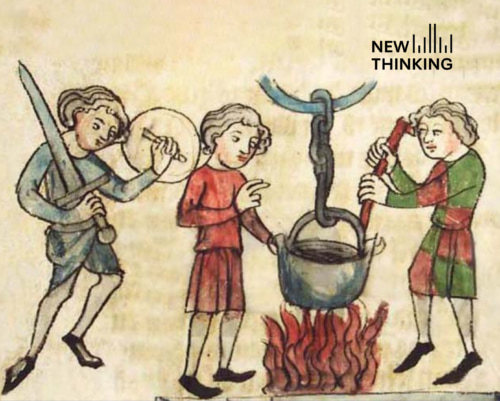Strengthening CARE Courts: Advancing Justice System Responsibility and Accountability for Program Participants
-
Jasmine Harden
-
Robert Wolf

Robert Wolf
-
William Harkins
William Harkins
